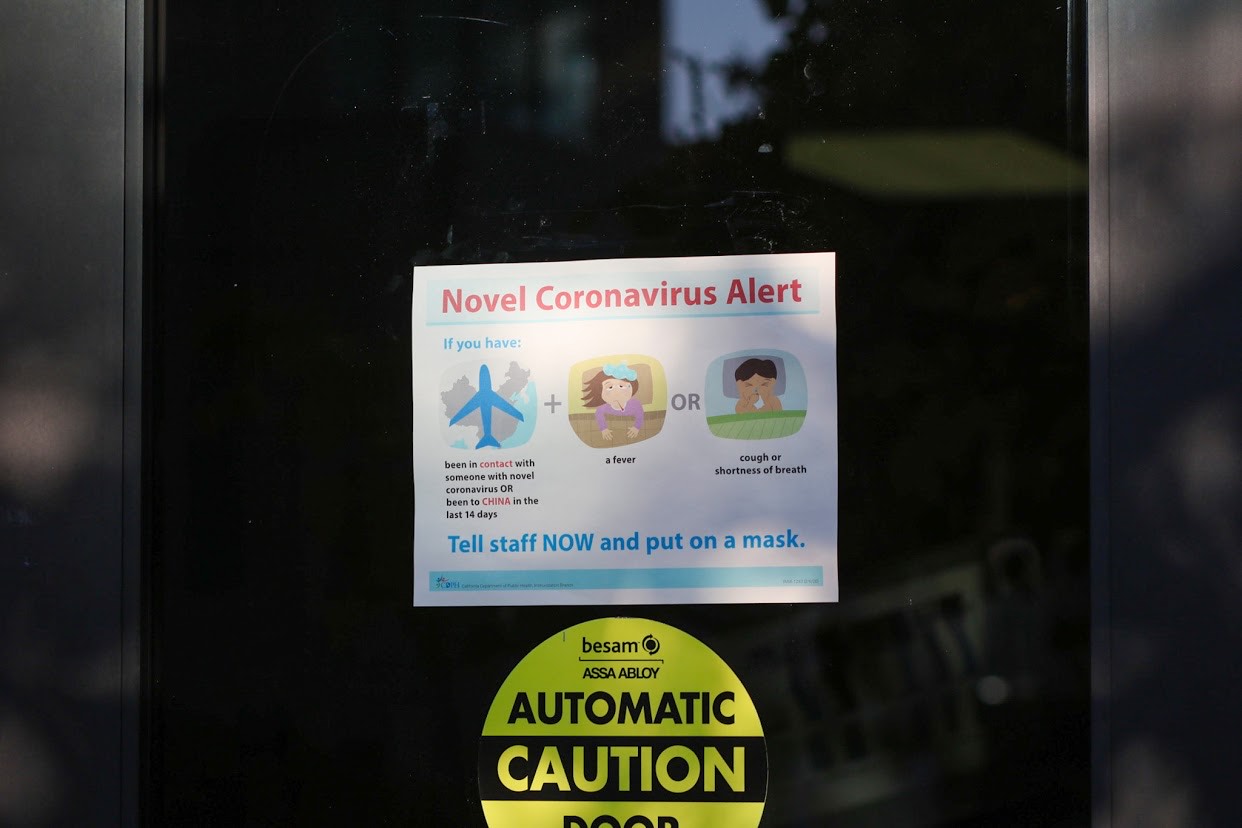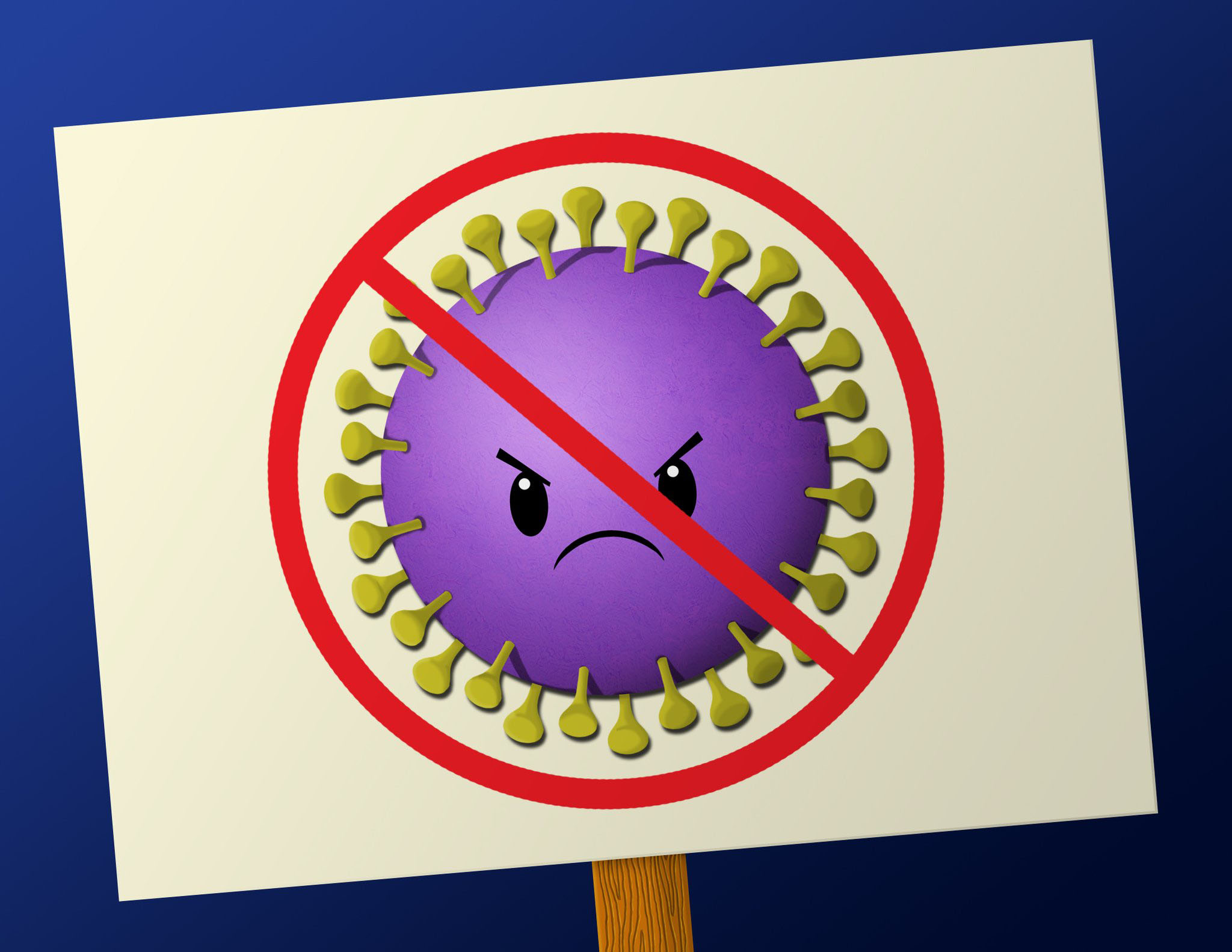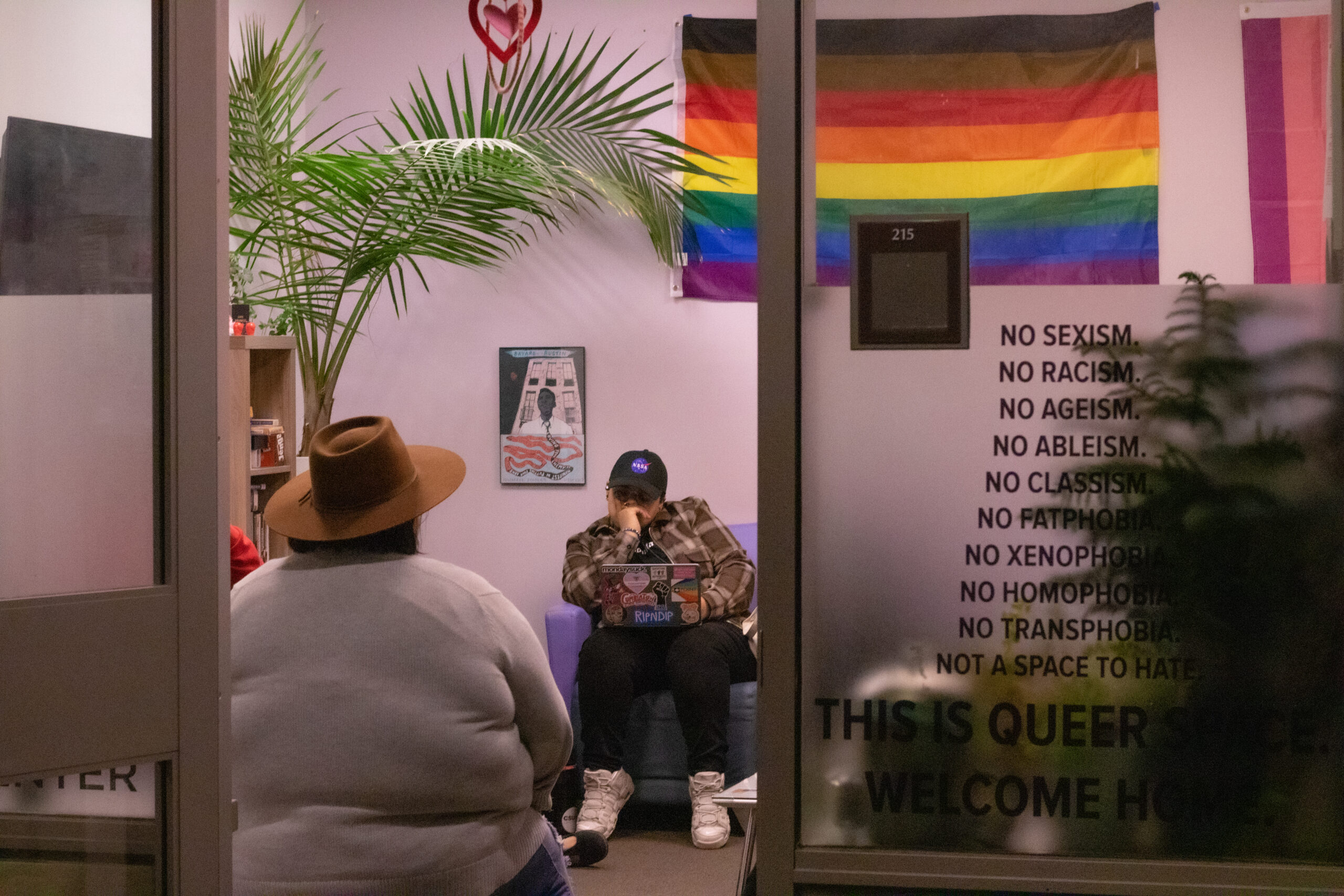Photo By Nova Blanco-Rico
By Jasmine Nguyen, Culture Editor
With the number of people diagnosed with coronavirus topping 100,000 worldwide, including 250 in the United States, the University of Washington announcing today that is moving to online classes only until at least March 20, and three UCLA students currently self-isolating off campus as they await word whether they are infected, it is only natural for those of us on a college campus to feel a growing sense of dread rising up in ourselves.
But before hitting the panic button, let’s take a deep breath and look at the facts.
Literally: look at the facts. Though this isn’t the first pandemic of the social media era, misinformation is going viral faster than the virus itself. (Social media gives, and social media takes away). There is a lot of bad information ibeing passed around. So the first step in being proactive is to know where to find accurate information that can be trusted.
Cut through all the noise on Twitter or Facebook and instead check out sites like the World Health’s Organization (WHO), or the Centers for Disease Control and Prevention (CDC), both of which have up to date information on active cases around the world. The WHO has clear and concise graphics to inform the public while the CDC has multiple articles to explain how to prepare at home and even at universities.
(Our university is developing a strategic plan in coordination with the California State University Chancellor’s Office in case an outbreak happens on campus or nearby, President Thomas A.Parham informed the Academic Senate at its meeting Wednesday. For updates and answers to frequently asked questions, you can visit the home page of the campus website at csudh.edu. Additionally, President Parham yesterday afternoon issued a campus-wide memorandum, via email, providing updates on the coronavirus and saying that even though the risk in LA County remains low, the university takes the threat seriously).
Yes, the spread of the virus is going to get worse before it gets better. But the vast majority of people who have been infected have not required hospital stays, with WHO reporting that about 80 percent of the cases have mild symptoms. Those affected will recover.
According to an online story Thursday on the website of NBCNews, out of the 95,000 cases, 53,638 have recovered already.
But that doesn’t mean to not take the virus seriously. The elderly, and those with already weakened immune systems or underlying health issues are more at risk. So it’s important to take precautionary steps. According to the CDC, the virus is believed to be spread from being in close contact (within 6 feet ) with an infected person. It is passed through respiratory droplets if they cough or sneeze. If those droplets land in the mouth or nose of a non-infected person, or are inhaled in the lungs, they are at risk of contracting the disease.
Those droplets can also land on surfaces that we touch, everything from door handles and computer keyboards, to countertops and turnstiles. So we should all remember to do something that we should already be doing: wash on hands thoroughly and often, and avoid touching our eyes, mouth or nose to avoid transmitting the disease to ourselves from touching a tainted surface or object. (Here are four tips to avoid touching your face).
Other tips include: remembering to try to keep 3 feet from anyone coughing or sneezing; covering your mouth when coughing or sneezing, preferably into a tissue that you immediately throw away.; and if you’re feeling ill or have any symptoms such as a cough, fever or trouble breathing, it’s important to go see a health professional as soon as possible because while most won’t be severely affected, those with weak immune systems will have a harder time in recovery.
Bottom line, if you’re sick please stay home. Maybe reschedule that cool trip to Europe you were planning. Use common sense. Be aware but not paranoid. And WASH YOUR HANDS.


